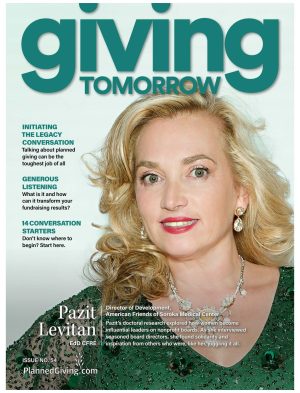Elephants are Pretty Powerful.
They can weigh as much as 24,000 pounds, and stand as high as thirteen feet. Their trunks are agile enough to pick up a single blade of grass, and strong enough to rip branches off of a tree.
Despite their enormous power, elephants can be tied down with a thin rope in their place. It doesn’t seem to make sense.
The story goes: when the elephant was young, it was tied to the pole the same way. Naturally, it tried to escape, but the rope and the pole were far too strong for it. So the elephant eventually gave up.
As it grew older, the elephant still believed it could not escape from the rope, and remained standing in the same place, despite the fact it could then easily tear the pole out of the ground. That is, the elephant was set in his ways. Even elephants have self limiting beliefs!
Self Limiting Beliefs
Just like the elephant, we all have self limiting beliefs – and they play like a piece of background music in our minds, often beneath our conscious awareness. They’re the things that make us say, “I can’t”; “It won’t work”, “I’ll never be able to”, and so on. They are mainly the result of the thousands of times during childhood that our parents and teachers used negative reinforcement and criticism in an attempt to control our behavior — and we come to accept these limiting beliefs as reality as we grow up, which in turn have a negative impact on our health, our careers, our relationships and our general happiness in life.
Trapped in Our Minds.
Self-improvement coach and Guru Brian Tracy sums up what he calls “The Law of Belief“, as follows: “Whatever you believe, with feeling, becomes your reality; you always act in a manner consistent with your beliefs.”
This is much like the story of the “Chained Elephant”. Why doesn’t this giant animal simply tear the stake out of the ground or break the chain? The reason is that the elephant has been chained this way since it was young, when it actually couldn’t break free.
And so it is with the human mind and Limiting Beliefs. What does this mean? Simply, it means that if you think negatively you’ll get negative results, and if you believe you are not capable of achieving a certain result then your mind will prove you right! The only conclusion that makes sense, then, is this: If you believe you deserve something better, you’d better think something better!
And that, quite simply, is the essence of how the change process begins — to replace Limiting Beliefs with Empowering Beliefs.
Self-limiting beliefs even permeate non-profits and businesses.
Yes, there can be “institutional self-limiting beliefs” — I hear it among non-profits all the time… “But we were never able to raise that kind of money.” Yet I see more and more transformational gifts among smaller NPOs. Even take one of our competitors. They think because having been around since the middle of the last century they can claim they know what they are doing today.
But their claim really translates as, “We’ve been around 50 years and we’re set in our ways and you should simply do what we say.”
Well, a lot has changed over the past 50 years. Planned giving is not what it used to be. In fact, it’s not even what it used to be 5 years ago. Constant innovation and attitude adjustment is a must.
I am proud to be the CEO of PlannedGiving.Com, a young company established just 21 years ago. We’re only chained to the future, not the past. As Wayne Gretzky says:
I skate to where the puck is going to be, not where it has been
We’re young, entrepreneurial, flexible and innovative. We don’t push dinosaur products – like traditional planned giving newsletters, for example – that worked well in the 60’s but are worse than useless today (Read Tom Ahern on this topic.). And we’re web-savvy in ways our competition will never be. That’s how we acquired top-level industry-standard domains (MajorGifts.Com, PlannedGiving.Org, PlannedGiving.Net, PlannedGiving.Com) that enable us to provide our clients with clean, user-friendly website URLs instead of computer gibberish.
So much for being around for 50 years. What matters is today – and tomorrow.
Want to train for tomorrow? Soar to new heights and begin with our Success Brain training course. Even our editor, Gretel, admitted, “I learned something from each chapter!”
Categories: Career, Self Improvement






